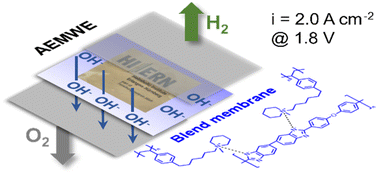J. Mater. Chem. A, 2023, Accepted Manuscript
DOI: 10.1039/D3TA04869A, Paper
DOI: 10.1039/D3TA04869A, Paper
Liang Li, Xian-ying Shi, Ting Huang, Nan Zhang, Yong Wang
MXene has great potential to remove contaminants from wastewater duo to its abundant active functional groups. However, its application is greatly restricted by the instability of MXene derived from the...
The content of this RSS Feed (c) The Royal Society of Chemistry
MXene has great potential to remove contaminants from wastewater duo to its abundant active functional groups. However, its application is greatly restricted by the instability of MXene derived from the...
The content of this RSS Feed (c) The Royal Society of Chemistry


 Open Access
Open Access